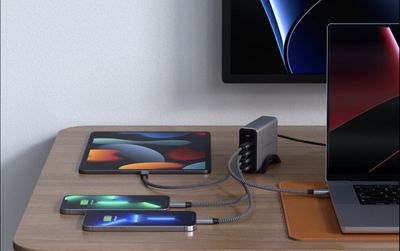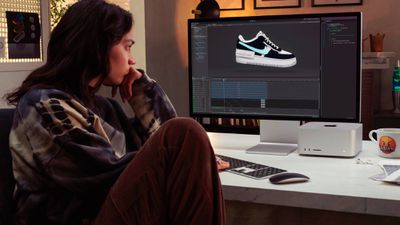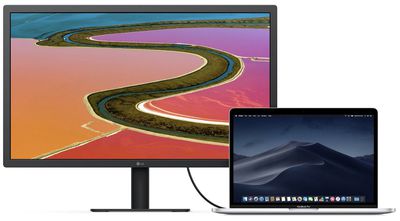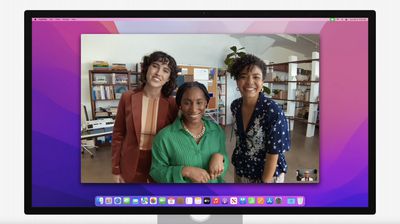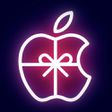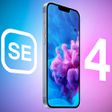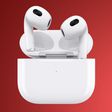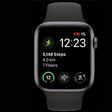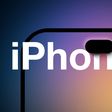For this week's giveaway, we've teamed up with ColorWare to offer MacRumors readers a chance to win a customized Magic Keyboard with Touch ID and a customized Magic Mouse to go along with it.
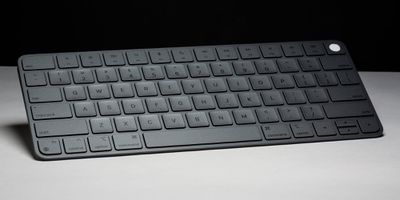
For those unfamiliar with ColorWare, it is a website that specializes in device customization, painting all kinds of electronics in unique custom colors that are unavailable from the manufacturer.
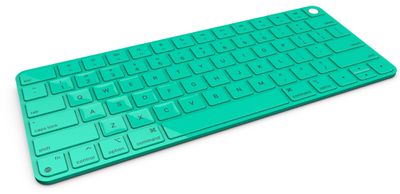
Priced at $249, the Touch ID Magic Keyboard can be painted in any of the colors that ColorWare offers. There are matte and gloss options, and ColorWare has almost every color of the rainbow, including shades of red, blue, green, purple, and pink.
For those who like a more muted device there are silver, white, and jet black options, along with a series of metallic shades. ColorWare also offers green and orange "Hi-Vis" shades that are super bright.
The coloration process includes each key and and the aluminum base of the keyboard itself, all of which can be turned a single color. The Touch ID power button is protected and remains the standard white color.
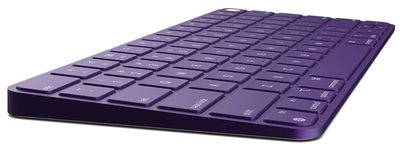
The customized Magic Mouse can be ordered from ColorWare for $149, and it comes in all of the same colors as the keyboard. The colorization process includes just the top of the mouse, leaving the silver aluminum base intact. It's worth noting that the customization of the Magic Mouse eliminates the Apple logo on the top.
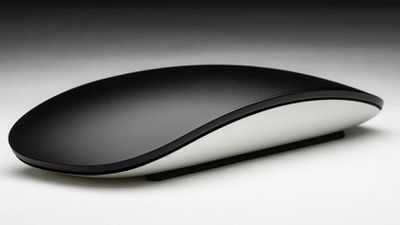
ColorWare has been creating custom painted devices since 1998, and has perfected its painting process. ColorWare uses a multi-step coating system that includes a primer, the application of a primary color formula, and a liquid plastic coating that protects the color that's been applied.

Aside from the color change of the keyboard and mouse, all of the standard functionality remains available, with no change to the functionality. ColorWare also offers all kinds of other custom painted devices, including AirPods, AirTags, console controllers, the Nintendo Switch, and even robot vacuums.
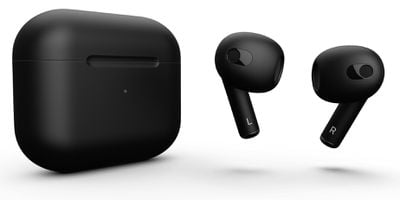
We have one Magic Mouse and one Magic Keyboard with Touch ID to give away to a lucky MacRumors reader. To enter to win, use the Gleam.io widget below and enter an email address. Email addresses will be used solely for contact purposes to reach the winners and send the prizes. You can earn additional entries by subscribing to our weekly newsletter, subscribing to our YouTube channel, following us on Twitter, following us on Instagram, or visiting the MacRumors Facebook page.
Due to the complexities of international laws regarding giveaways, only U.S. residents who are 18 years or older, UK residents who are 18 years or older, and Canadian residents (excluding Quebec) who have reached the age of majority in their province or territory are eligible to enter. All federal, state, provincial, and/or local taxes, fees, and surcharges are the sole responsibility of the prize winner. To offer feedback or get more information on the giveaway restrictions, please refer to our Site Feedback section, as that is where discussion of the rules will be redirected.
The contest will run from today (March 18) at 9:00 a.m. Pacific Time through 9:00 a.m. Pacific Time on March 25. The winner will be chosen randomly on March 25 and will be contacted by email. The winner will have 48 hours to respond and provide a shipping address before a new winner is chosen.


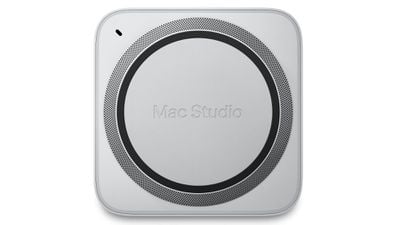
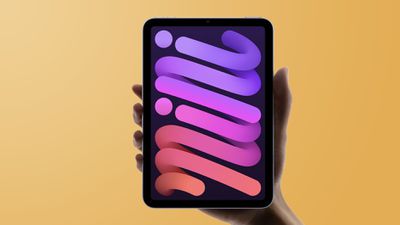 Note: MacRumors is an affiliate partner with Amazon. When you click a link and make a purchase, we may receive a small payment, which helps us keep the site running.
Note: MacRumors is an affiliate partner with Amazon. When you click a link and make a purchase, we may receive a small payment, which helps us keep the site running.
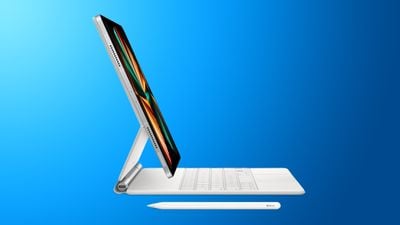
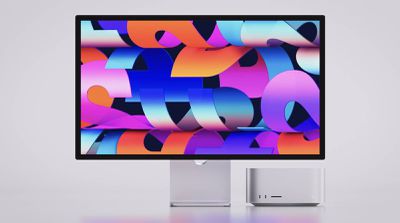
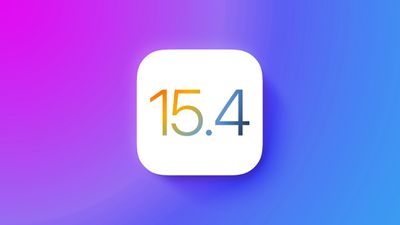
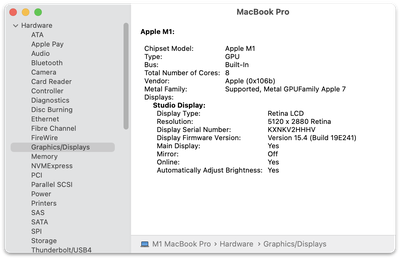 The Studio Display's firmware in System Information (via
The Studio Display's firmware in System Information (via 
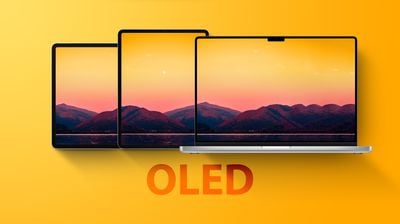
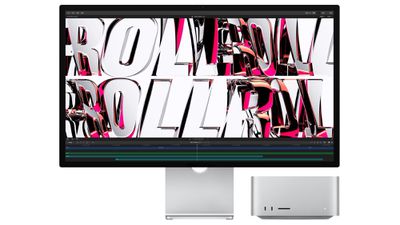
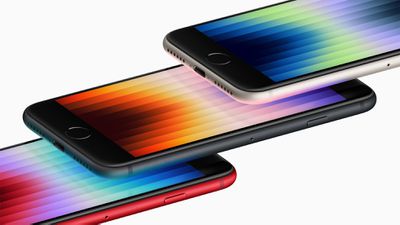
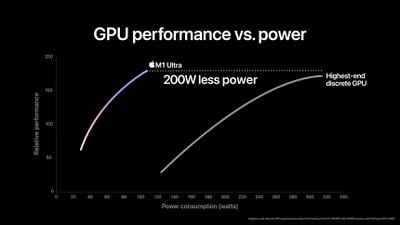
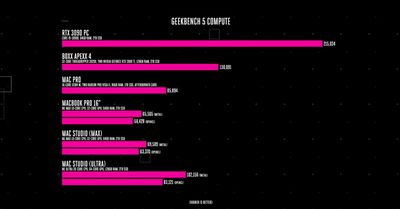
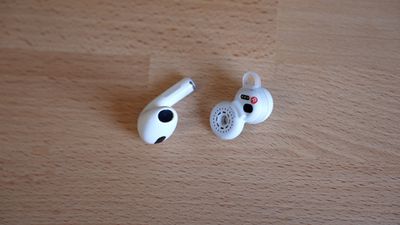
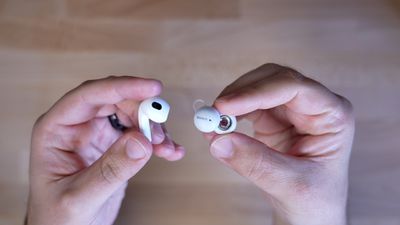
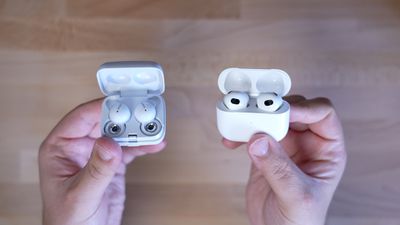
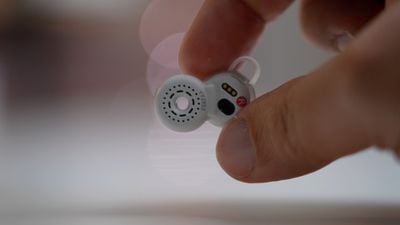
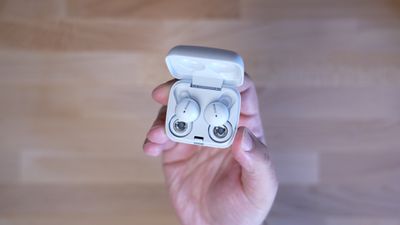
 Note: MacRumors is an affiliate partner with some of these vendors. When you click a link and make a purchase, we may receive a small payment, which helps us keep the site running.
Note: MacRumors is an affiliate partner with some of these vendors. When you click a link and make a purchase, we may receive a small payment, which helps us keep the site running.
